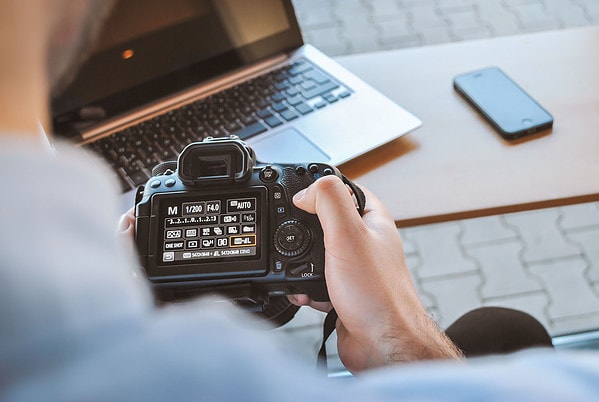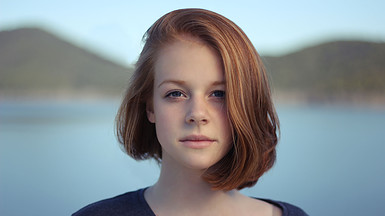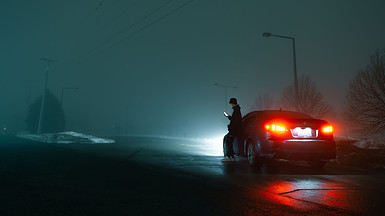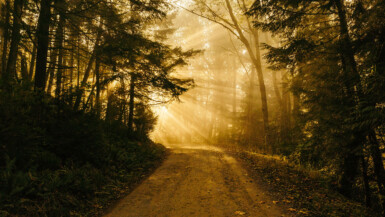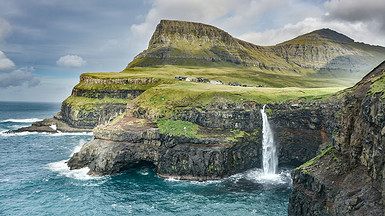DSLR cameras are powerful tools for capturing high-quality photographs. However, to truly take advantage of a DSLR’s capabilities, it’s important to understand the basic camera settings that determine the quality and appearance of your photos. In this article, we’ll discuss the most important DSLR camera settings and how to use them.
Aperture
Aperture is one of the most important camera settings. It refers to the opening in the lens through which light passes into the camera. Aperture affects the depth of field in your images. A wide aperture (lower f-number) will result in a shallow depth of field, meaning that only a small portion of the image is in focus, while the rest is blurred. A narrow aperture (higher f-number) will result in a deep depth of field, meaning that most of the image is in focus.
When to use a wide or narrow aperture depends on the effect you’re trying to achieve. Use a wide aperture to create a blurred background and make your subject stand out, such as in portrait photography. Use a narrow aperture to capture landscapes and other images where you want everything in focus.
Shutter Speed
Shutter speed refers to the amount of time that the camera’s shutter is open, allowing light to pass through the lens and onto the camera’s sensor. Shutter speed affects the amount of motion blur in your photos. A fast shutter speed will freeze motion, while a slow shutter speed will result in motion blur.
When to use a fast or slow shutter speed depends on the subject you’re photographing. Use a fast shutter speed to freeze fast-moving subjects, such as in sports photography. Use a slow shutter speed to create a sense of motion, such as in waterfall or light trail photography.
ISO
ISO refers to the camera’s sensitivity to light. A high ISO will result in a brighter image, but also more image noise or grain. A low ISO will result in a darker image, but with less noise.
When to use a high or low ISO depends on the available light and the effect you’re trying to achieve. Use a high ISO in low-light conditions to capture a brighter image without having to use a slow shutter speed. Use a low ISO in well-lit conditions to capture a crisper image with less noise.
White Balance
White balance refers to the color temperature of the light source. Different light sources have different color temperatures, which can result in images that look too warm or too cool. White balance settings allow you to adjust the color temperature of your photos to match the ambient lighting conditions.
When to use different white balance settings depends on the ambient lighting conditions. Use the auto white balance setting in most situations, but adjust the white balance manually if the auto setting is not accurate. For example, use the tungsten white balance setting when shooting under tungsten lighting to remove the orange color cast.
Metering Modes
Metering modes determine how the camera measures the amount of light in a scene to determine the correct exposure. Different metering modes are available, including center-weighted, spot, and matrix (or evaluative) metering.
When to use different metering modes depends on the subject you’re photographing and the lighting conditions. Use center-weighted metering for portraits or other subjects with a central focus. Use spot metering for subjects with high contrast or when you need to expose for a specific part of the scene. Use matrix metering for general shooting situations.
Conclusion
Understanding the basics of DSLR camera settings is essential for getting the most out of your camera and capturing high-quality photos. By mastering aperture, shutter speed, ISO, white balance, and metering modes, you can take your photography to the next level. Practice and experiment with different camera settings to find the right combination for your unique style and vision. By using these settings effectively, you can create images that are truly your own.
It’s worth noting that while understanding these settings is important, it’s also important to not get too caught up in them. Photography is ultimately about capturing a moment or a feeling, and technical perfection isn’t always necessary to achieve that goal. Don’t be afraid to experiment and break the rules.
In addition to the tips and explanations provided in this article, there are many other resources available for learning more about DSLR camera settings. Photography books, online tutorials, and workshops can all be helpful in developing your skills and knowledge.
In conclusion, mastering the basics of DSLR camera settings is essential for any aspiring photographer. By understanding aperture, shutter speed, ISO, white balance, and metering modes, you can create images that are both technically proficient and creatively unique. With practice and experimentation, you can develop your own style and vision, and capture images that tell your own unique story.

